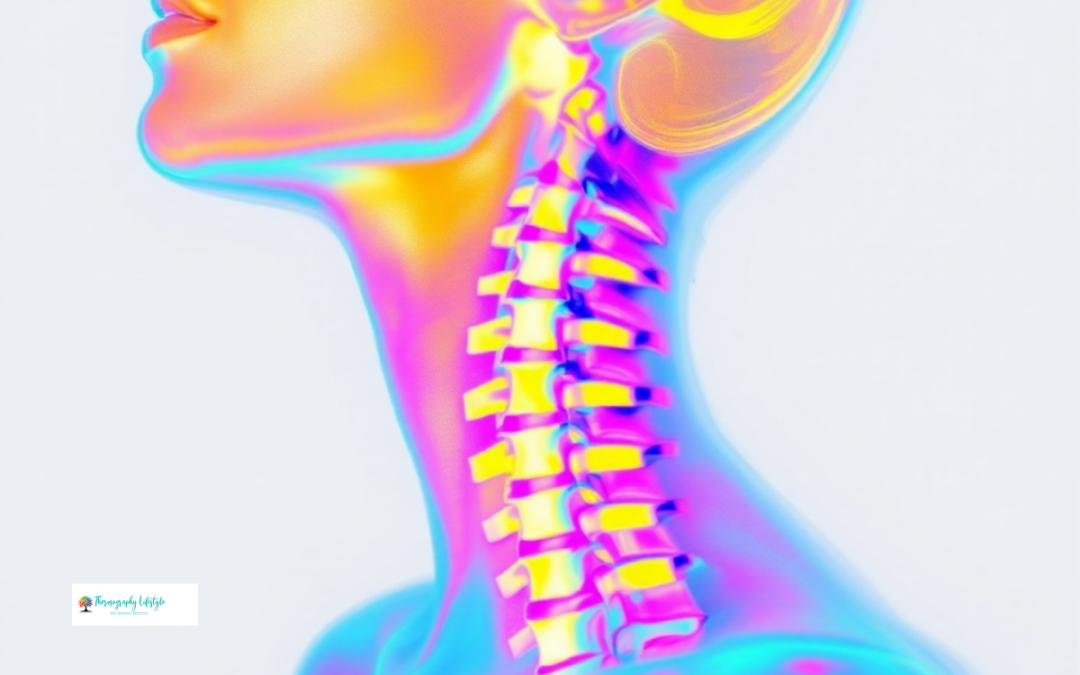
Have you ever wondered what your body might be trying to tell you about your health—beyond what routine checkups can reveal? Your body constantly sends signals, and sometimes, these signals are subtle. Thermography, a non-invasive imaging technology, offers a window into those signals, particularly when it comes to your circulatory health. It’s a holistic, empowering tool that can help detect issues early and potentially prevent larger health challenges down the road.
What is Thermography?
Thermography uses infrared cameras to detect heat and blood flow patterns in the body. The resulting thermal maps create beautiful, colorful images that highlight temperature variations across different areas. These temperature differences often indicate underlying physiological processes, such as inflammation, hormonal imbalances, or circulatory issues.
For holistic health enthusiasts, thermography is an ideal solution. It’s a natural, radiation-free option that provides valuable insights into your body’s health without the need for invasive procedures.
Circulatory Health and Your Body’s Warning Signs
Your circulatory system is like a highway, transporting blood, oxygen, and nutrients to every part of your body. If that “traffic” is flowing smoothly, your body functions optimally. But when those roads become blocked or congested, problems can arise. Poor circulation isn’t just a minor inconvenience—it could signal deeper concerns, such as cardiovascular risks or chronic inflammation.
Some common signs of poor circulation include:
- Cold hands and feet
- Fatigue or lack of energy
- Swelling in the legs or ankles
- Numbness or tingling sensations
- Slow healing of wounds
While these symptoms might seem minor at first, they could be an early indication of bigger health challenges. That’s where thermography comes in, offering a proactive way to identify and address these issues.
How Thermography Detects Circulatory Issues
Thermography can highlight areas where blood flow is irregular or stagnant. For example:
- Cold Spots: Areas that appear colder in a thermography image may indicate reduced blood flow, often a sign of constricted blood vessels or blockages.
- Hot Spots: Regions with increased heat could suggest inflammation, which might stem from the early stages of cardiovascular issues or chronic conditions.
- Symmetry Patterns: Healthy circulation should exhibit a relatively balanced thermal map between the left and right sides of your body. Significant asymmetry could indicate an issue worth exploring further.
These insights allow you to take meaningful action before more serious conditions develop. Addressing problems early can make a significant difference in long-term health outcomes.
Why Cardiovascular Risks Matter
Cardiovascular disease remains one of the leading causes of health challenges for women worldwide. Unfortunately, the warning signs in women can often differ from traditional markers in men, making early detection even more critical. Thermography provides an additional layer of understanding, empowering women to monitor their bodies and take control of their circulatory health naturally.
Chronic inflammation is another concern closely tied to circulation. Persistent inflammation can damage blood vessels over time, leading to further complications. Thermography allows you to spot inflammation patterns, helping you address the root causes through holistic measures like diet, exercise, and stress management.
The Holistic Approach to Circulatory Health
One of the best things about thermography? It supports a proactive and natural approach to health. Rather than waiting for symptoms to escalate, it gives you the information you need to make meaningful changes today.
Here are some holistic ways to improve your circulatory health:
- Nourish with Nutrient-Dense Foods: Incorporate foods rich in antioxidants and omega-3 fatty acids to reduce inflammation and promote healthy blood flow. Think leafy greens, fatty fish, and colorful berries.
- Move Your Body: Regular movement, whether it’s yoga, brisk walks, or gentle stretching, encourages blood circulation and strengthens your cardiovascular system.
- Hydrate: Proper hydration supports blood flow and prevents dehydration, which can thicken your blood and make circulation less efficient.
- Stress Less: Stress can constrict your vessels and harm circulation. Deep breathing, meditation, or a warm bath can help ease tension and support overall health.
- Natural Remedies: Holistic options like dry brushing, massage therapy, and essential oils (e.g., rosemary or ginger oil) can stimulate blood flow and improve your circulation.
Empowering Your Health Journey with Thermography
Thermography isn’t just another test—it’s a compassionate tool that aligns with your desire to live a naturally healthy life. Whether you’re monitoring your circulatory health, looking for early cardiovascular signs, or simply staying ahead of potential risks, thermography puts valuable insights into your hands. More importantly, it empowers you to take meaningful, proactive steps toward better wellness.
Your wellness is a lifelong journey, and you deserve tools that help you feel understood, supported, and in control. Thermography is exactly that—it’s technology aligned with holistic values, offering a deeper understanding of your body’s systems.
Take Action Today
Curious about what thermography can reveal about your circulatory health? Schedule your thermography session today and take the first step in understanding, improving, and safeguarding your wellness. Your health—and your future self—will thank you!


